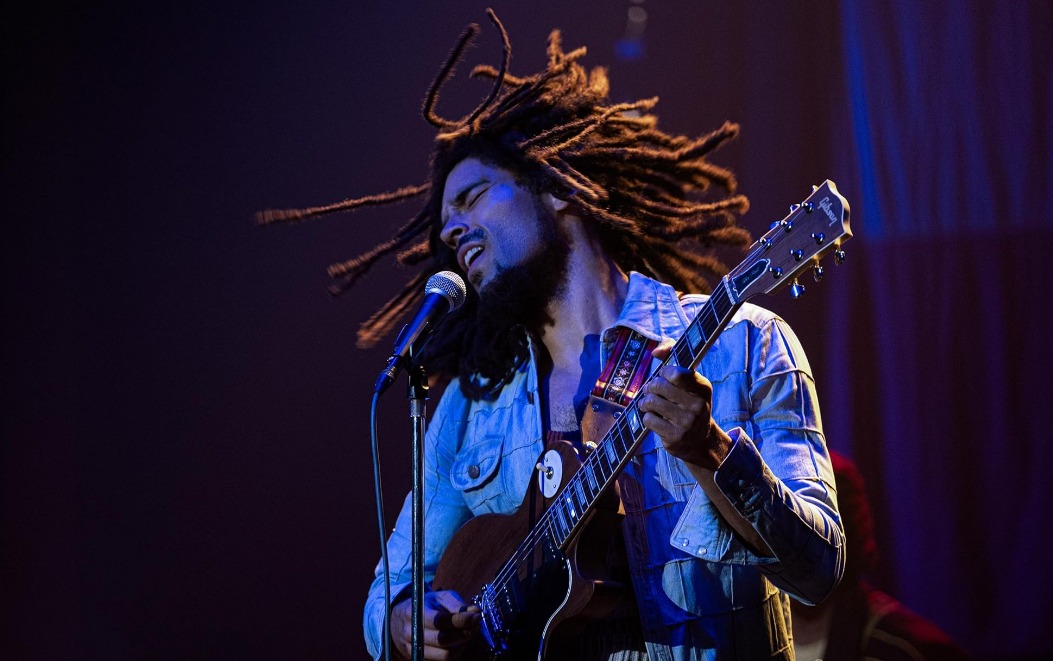Striking a powerful balance between conversational and cautionary, Ta-Nehisi Coates’ autobiographical book “Between the World and Me” explores the experience of being black in America, meditating on the constant frustration and fear that accompanies living in a country that consistently demonstrates a lack of racial equality. The book, a New York Times Bestseller and winner of the National Book Award, is written as a letter from Coates to his teenage son, Samori, in which Coates shares his experience growing up in Baltimore. It is a story of race unlike that of anything else that has been published.
In “Between the World and Me,” Coates tells his son the story of his life, sharing the painful truth of what it means to be black in America. Citing racially motivated incidences such as the Charleston church massacre of 2015 and the unjust murders of Michael Brown, Eric Garner and Tamir Rice, Coates reminds his son that to be black means you must always be thoughtful, aware and afraid. To know that white supremacy is still alive is a burden that demands to be felt. Coates writes that, growing up, he was afraid of “not just the violence of this world, but the rules designed to protect you from it, the rules that would have you contort your body to address the block, and contort again to be taken seriously by colleagues, and contort again so as not to give police a reason.”
One of the most fascinating and resounding motifs throughout the book is the concept of the black body. Coates often discusses his body and its effect on his life: what it feels like to live in his skin; the fact that his body holds history and serves as a living reminder of devastation; and, most importantly, the ways in black bodies are judged, fought against and often killed. “In America,” he writes, “it is traditional to destroy the black body — it is heritage.” Coates explains that every action he takes is the product of an underlying mental assessment: He must consider his body and how best to protect it, because it is always in danger. His descriptions of this experience are powerful and frightening.
One of the most impressive aspects of the book is the way in which it maintains a conversational tone without growing repetitive or uninteresting; Coates is always sharing anecdotes and advice with his son. Whether reminiscing on his time at the historically black Howard University or describing a recent racially charged incident, Coates consistently speaks about the bigger picture: what his experience was growing up black, what it has meant for him and what it will mean for his son. “It is truly horrible to understand yourself as the essential below of your country,” Coates writes. “It breaks too much of what we would like to think about ourselves, our lives, the world we move through and the people who surround us. The struggle to understand is our only advantage over this madness.”
One of the most heartbreaking parts of the book is the apology that Coates offers his son for not being able to save him from the frustrating divisiveness of race. “I am sorry that I cannot make it okay. I am sorry that I cannot save you,” Coates writes. However, he chooses to present this eternal struggle as the root of strength, continuing, “but not that sorry. Part of me thinks your very vulnerability brings you closer to the meaning of life, just as for others, the quest to believe themselves white divides them from it.”
“Between the World and Me” is brilliantly well-written and fascinatingly in-depth, yet painful in its truth. At the same time, however, it is surprising and beautiful in its underlying themes of strength and hope. Although the book begins with poignant statements like “race is the child of racism, not the father,” Coates ultimately sends an uplifting message; he works to empower his son, saying, “I would have you be a conscious citizen of this terrible and beautiful world.” He tells Samori to always strive for his dreams regardless of societal constrictions and reminds him of the strength that is borne of adversity. Ultimately, Coates tells a story of race and struggle that all Americans should know, presenting facts that are too often left in the dark. “Between the World and Me” is a must-read.
This is not a book to read on the beach or on a whim; Coates’ words deserve attention and thought. “Between the World and Me” will satiate your desire for intellectual stimulation this summer, but more importantly, it will leave you frustrated and hungry for change.
 Alexandra Brunjes is a sophomore in the College. Summer Reading appears every other Sunday.
Alexandra Brunjes is a sophomore in the College. Summer Reading appears every other Sunday.









